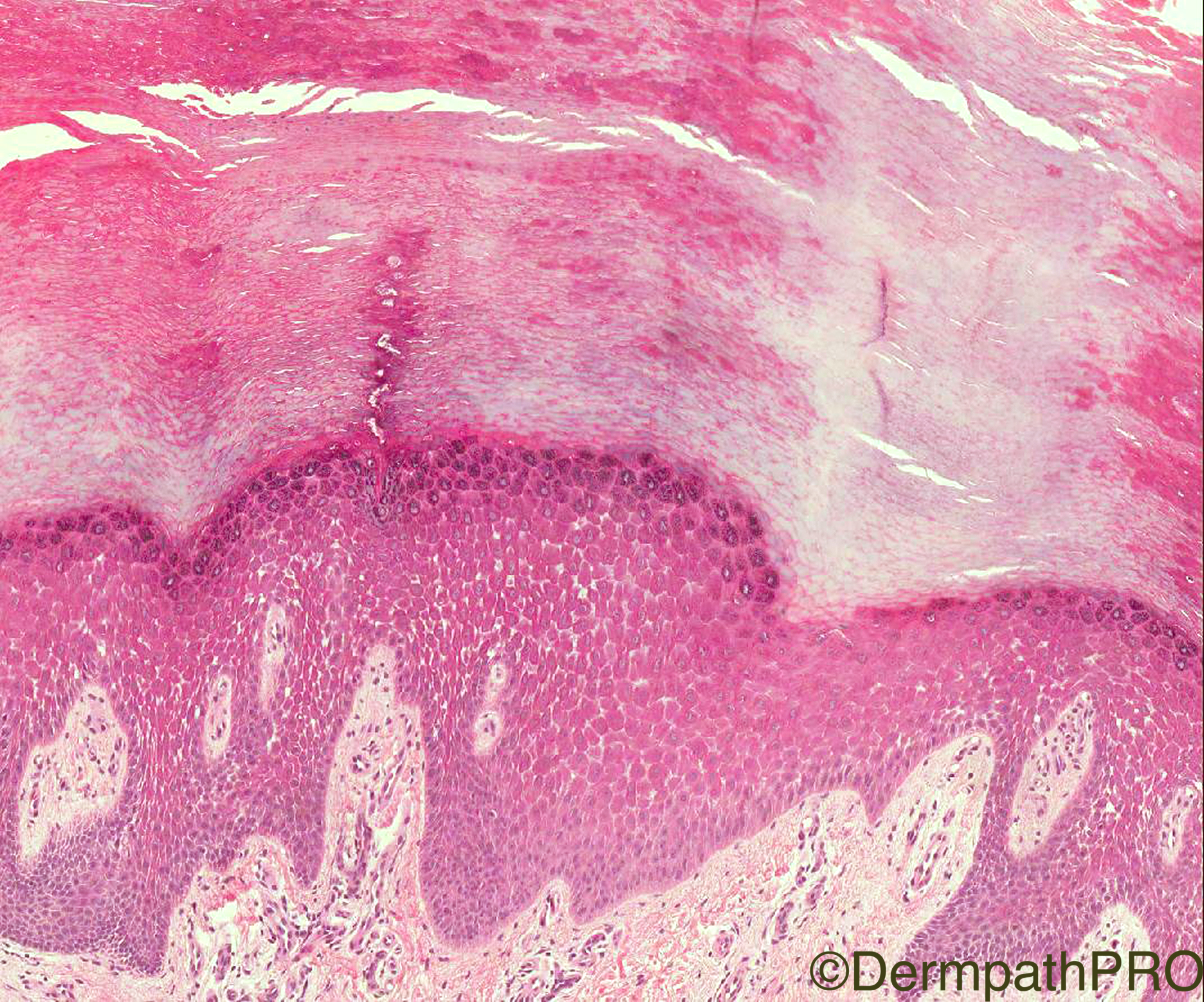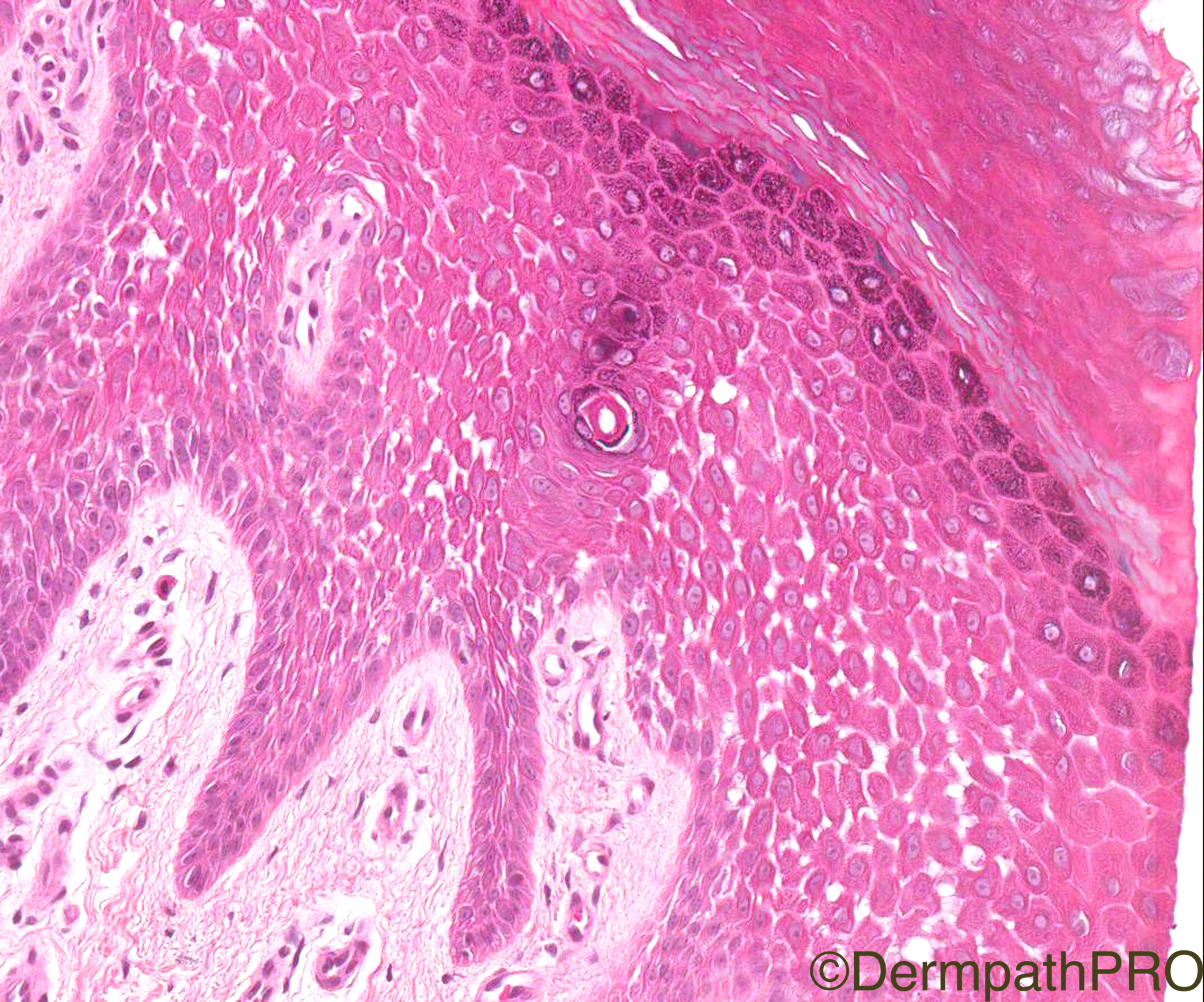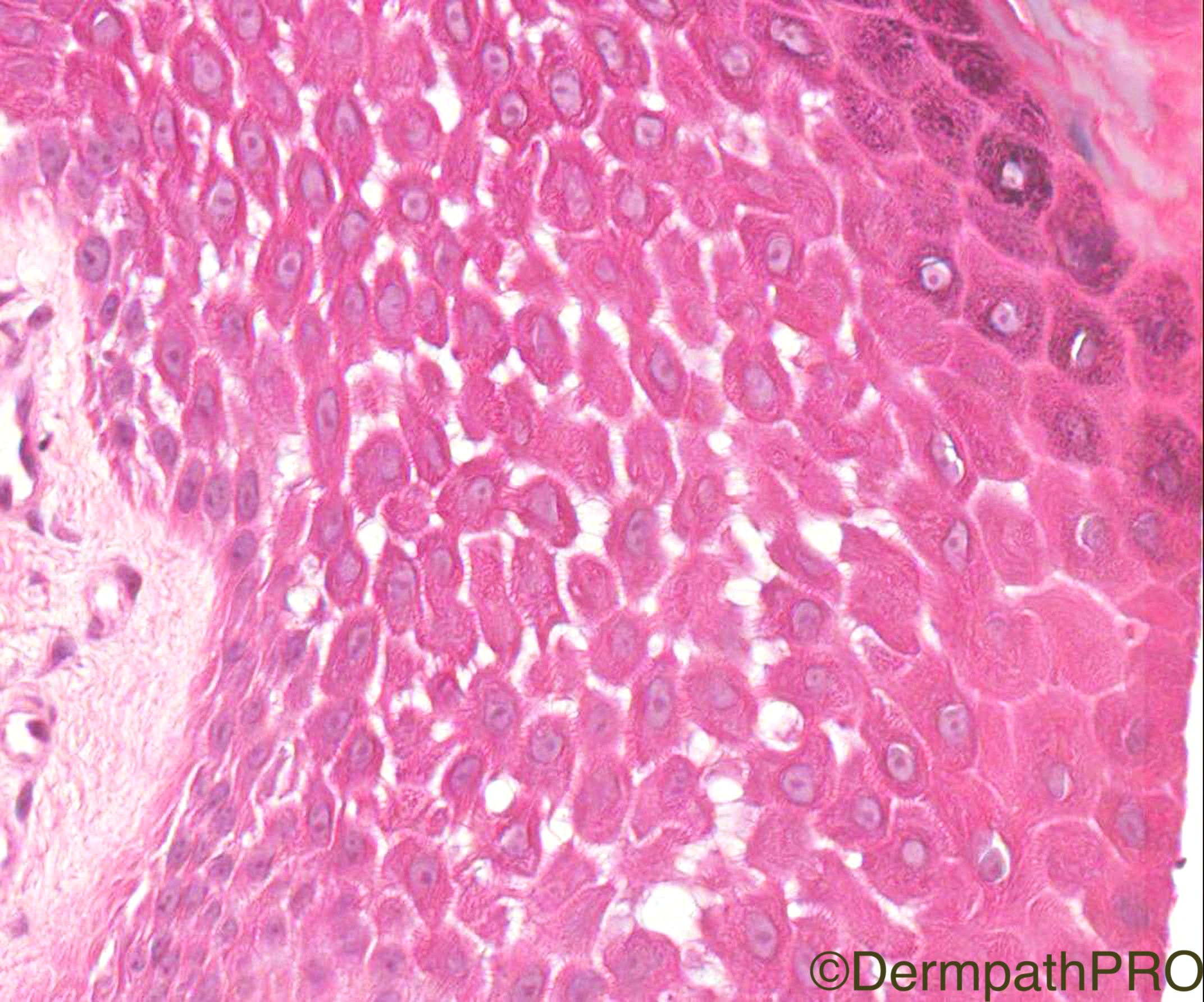Edited by Admin_Dermpath
Case Number : Case 1759 - 23 February - Dr Arti Bakshi Posted By: Guest
Please read the clinical history and view the images by clicking on them before you proffer your diagnosis.
Submitted Date :
Clinical History: 40/M, diffuse thickening of palms and feet. H/o cardiac disease in family.
Case Posted by Dr Arti Bakshi
Case Posted by Dr Arti Bakshi






Join the conversation
You can post now and register later. If you have an account, sign in now to post with your account.